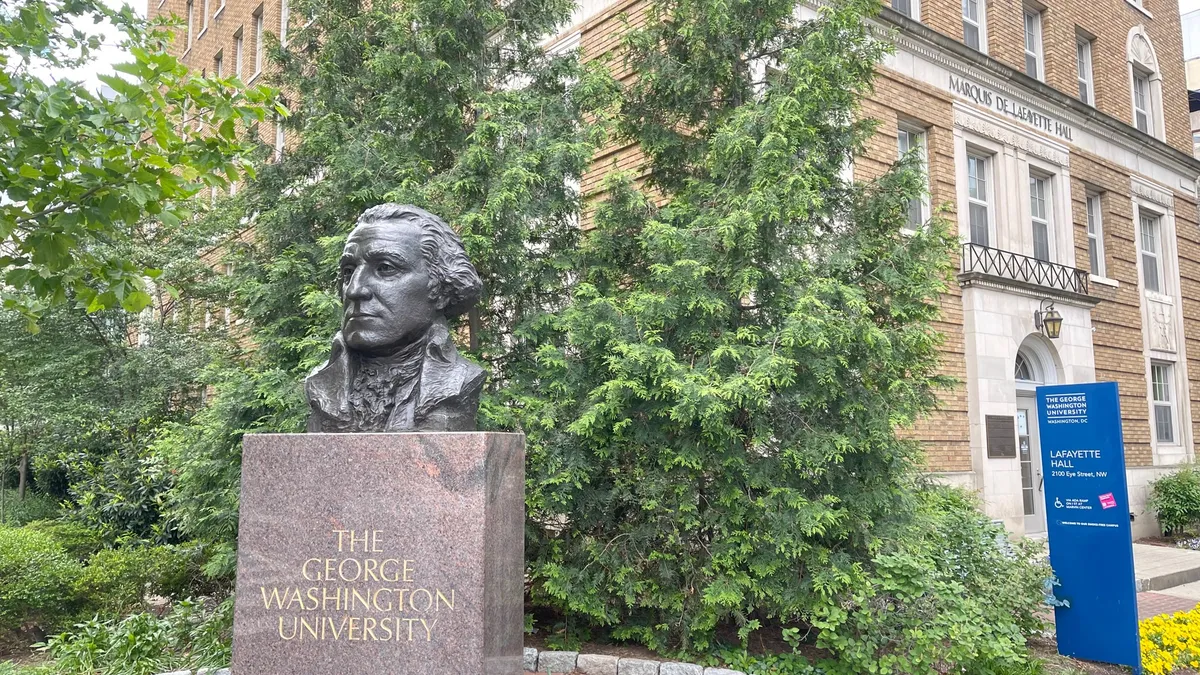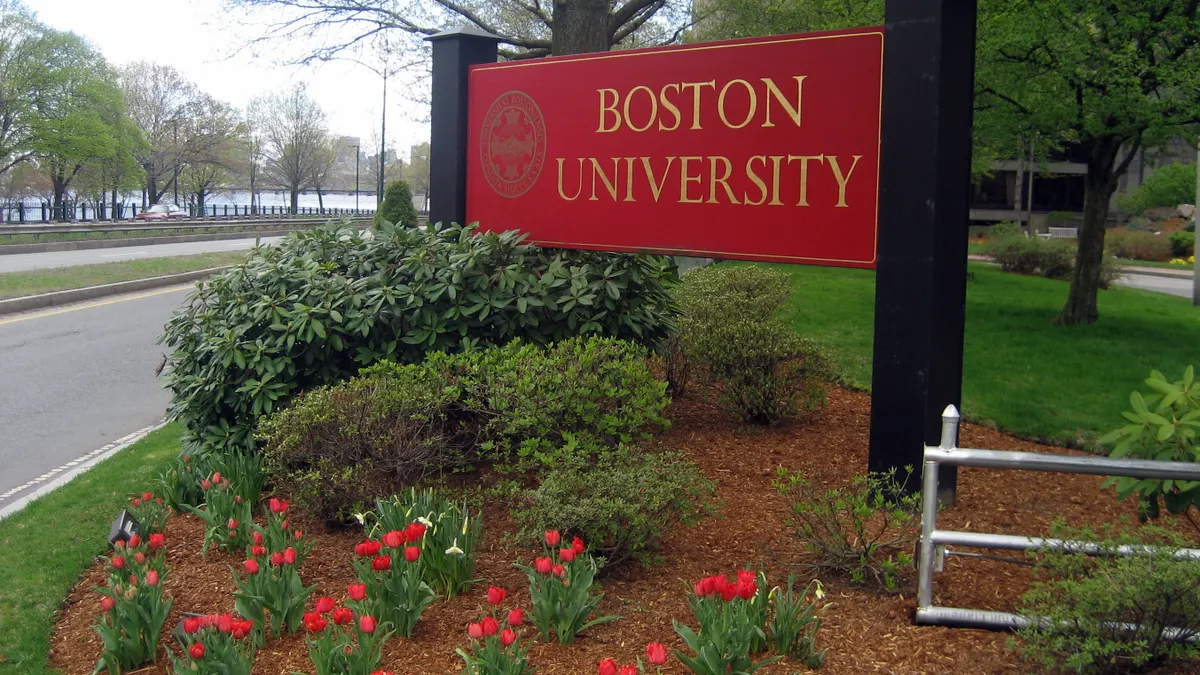Dive Brief:
- The precipitous drop in state funding in the last decade could be worse for public colleges that focus mainly on the dispensation of degrees than for top-tier research institutions, finds a new report from the National Bureau of Economic Research (NBER).
- Top research universities can adapt by increasing tuition, recruiting out-of state and international students, and fundraising — tactics smaller colleges may struggle with amid rising expenses and declining enrollment.
- The effect on the latter extends beyond their campuses, as the cuts have inhibited their ability to offer degrees that generate strong returns in the labor market and support the skilled workforce, the report explains.
Dive Insight:
Public colleges and universities enroll 77% of all undergraduates and award 64% of all bachelor's degrees, notes the report, "Public Universities: The Supply Side of Building a Skilled Workforce." That's a significant share of all postsecondary education, and funding for it has taken a hit.
States' per-student support for higher ed is 13% below 2008 levels, despite overall state general fund spending rising 4.3% for the period, according to a recent report from the Pew Charitable Trusts.
Some institutions have responded by raising tuition, which Pew notes increased 43% per student from 2008 to 2018. However, not all institutions can raise prices and still maintain enrollment levels.
Targeting international or out-of-state students, who generally pay higher tuition, is one tactic colleges can use to counter this trend. Some, including the University of Alabama and the University of South Carolina, where state funding is minimal, are doing that already. But it's not a tactic all public colleges can use to get out of financial difficulties.
Those prospective students will "look at the U.S. News & World Report rankings for the University of Michigan and say, Oh, that's a great school. ... So we'll be willing to pay that money for the University of Michigan," John Bound, co-author of the NBER report and an economics professor at the University of Michigan, told The Chronicle of Higher Education. "But if you ask, Are they willing to pay for Eastern Michigan? They haven't even heard of it."
On that point, Eastern Michigan University made headlines last year for announcing it planned to charge international students the in-state tuition rate in an effort to attract more of those students.
Access is another concern. Top-tier research universities can still provide "a substantial amount of aid" to students. Other public colleges, meanwhile, have "fewer options" to replace lost state support and therefore must cut expenses, increase tuition and decrease grant aid.
Those actions stand to hurt the quantity of undergraduate and graduate degrees offered by these colleges, the authors explain. For instance, it could cause "non-traditional" students or those who need to stay close to home to attend community colleges. High-income students, in turn, may look to private institutions instead.
"[N]on-research universities are not successful at insulating lower and moderate-income students from tuition increases," they write, "which may represent a change in the population that can be served by these public institutions."








